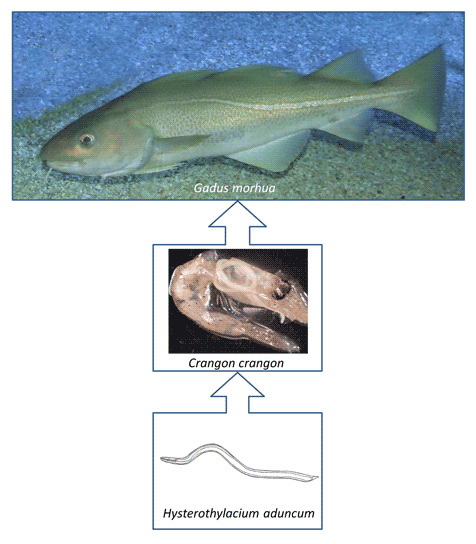No CrossRef data available.
Article contents
In situ evidence of the role of Crangon crangon in infection of cod Gadus morhua with nematode parasite Hysterothylacium aduncum in the Baltic Sea
Published online by Cambridge University Press: 09 August 2021
Abstract

Cod was one of the most important fish species in the Baltic Sea, but its condition is deteriorating for several reasons, including an increasing parasite burden. The aim of this study was to determine the source of infection of Baltic cod with parasites by examination of invertebrates found in situ in the cod stomach. A total of 1681 cod were sampled during four research cruises in the southern Baltic Sea in 2012, 2013 and 2014 and the composition of their diet was analysed. Each prey item from cod stomach was identified to the lowest possible taxonomic level and a parasitological analysis of all invertebrates collected was performed. Crangon crangon, Saduria entomon and Mysis mixta were the most commonly represented invertebrates among food items. Hysterothylacium aduncum was found only in C. crangon. This host–parasite system is reported here for the first time in situ in the stomach of cod from the Baltic Sea, confirming the role of C. crangon in cod infection with H. aduncum.
- Type
- Research Article
- Information
- Copyright
- Copyright © National Marine Fisheries Research Institute, 2021. Published by Cambridge University Press



